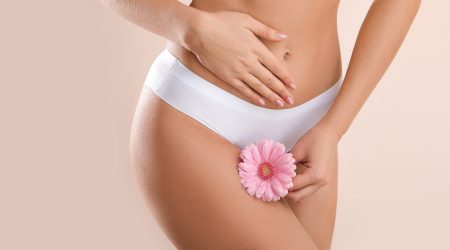Female sexuality has always been characterized by having a halo of mystery and being considered more complex than male sexuality. Hence, there is more research related to this universe.
These studies have allowed us to know how women’s bodies work and that such complexity does not really exist; we are simply designed differently, therefore, we feel different, and at the end, those differences are the ones who allow us to complement each other.
Although it’s always said that women experience several types of orgasms, truth is that the orgasm is only one, what changes is the place where it’s felt. The female orgasm is more prolonged in women than in men and during intercourse women expel several fluids, just like men.
That’s why, today we will stop to differentiate them thanks to a recent study conducted by a team of researchers from the Institute of Sexology at Charles University and the Department of Obstetrics and Gynecology at Motol University Hospital, Prague, Czech Republic, who reviewed 75 papers on female pleasure fluids from 1950 to 2017.
This research found that women are able to expel up to four different types of fluids during orgasm and that the volume of these fluids ranges from 0.3 mm to 900 mm.
First fluid
When women are being stimulated mentally or physically, vaginal lubrication arises as the body’s natural response to pleasure. The greater the arousal, the greater the lubrication, in most cases.
Vaginal lubrication is fundamental to the pleasure and comfort of sexual intercourse. When there is little lubrication, it can cause unwanted friction, which causes pain, and negatively affects sexual desire.
There is a false belief related to vaginal lubrication and sexual arousal, which is that lubrication is thought to be an indicator of arousal, but the two are independent; there can be a lot of lubrication without arousal and vice versa.
Second fluid
When we talk about female ejaculation, it refers to the expulsion of a thick, milky fluid that comes out of the urethra during sexual intercourse. It almost always occurs during orgasm.
Experts believe that all women experience ejaculation, but many don’t perceive it, and this happens because the fluid can move into the bladder and then come out in the urine.
Third fluid
Squirting or femme fontaine, as the French call it, which translates as ‘woman fountain’. It remains an enigma to science, something like who came first? the chicken or the egg? And this controversy is due to the fact that some women have experienced it, and others have not.
It is defined as the orgasmic transurethral expulsion of a form of urine containing various concentrations of urea, creatinine and uric acid. According to Czech researchers, the volume of the fluid ranges from 15 to 110 mm, with this amount varying in different studies.
Squirting occurs during sexual stimulation of the clitoral-urethro-vaginal trio and is considered a true catharsis for women who have experienced it. It can occur during orgasm or independently.
Fourth fluid
Coital incontinence, which women experience, can cause the appearance of a fourth fluid during sexual intercourse, according to medical literature.
Some women, who have urinary incontinence due to pelvic floor weakness, have involuntary urine leakage during casual events such as coughing, laughing, jumping or straining.
They may also leak during sexual intercourse, either during orgasm or penetration.
And although the female body is often seen as a complex universe even for science, it’s necessary to understand that it takes two to tango and if both are connected and willing, you will create a connection so strong that will allow you to experience your pleasure at the highest level #sinrecato.
Traducción del español: Catalina Oviedo Brugés













No Comments